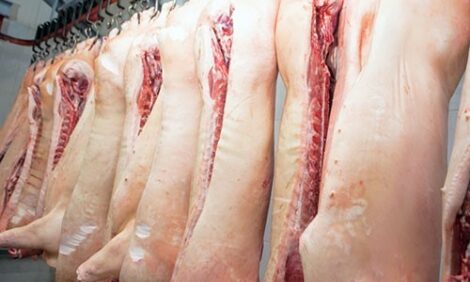



Feed efficiency is key to sustainability of pork industry
An Iowa State University swine nutritionist says improved feed efficiency has been key to maintaining the economic and environmental sustainability of pork productionHow to Improve Feed Efficiency was among the topics discussed earlier this month as part of Saskatchewan Pork Industry Symposium 2018.
Dr John Patience, a Professor of Applied Swine Nutrition with Iowa State University, says there's been tremendous improvement in feed efficiency over the past four decades.
Dr Patience explains: "When I started this business 40 years ago, feed conversions of 3.9 to one and 4.0 to one were not unheard of. Now for that same range of production, we're getting feed efficiencies that would be down around 2.5, 2.6 so a huge improvement by our industry.
"It's a testament to our pork producers and their focus on becoming more efficient, becoming better producers, becoming more environmentally cognisant of their responsibilities.
"You put this all together and feed efficiency has become much better. The best example that I can give overall is in sow productivity."
According to Dr Patience, back in 1975 a typical sow would produce somewhere around 700 kilograms of pig per year. That's per offspring in a year, he says.
In 2014 that same sow would produce almost two thousand kilograms, so this is a major increase, he emphasises.
"The significance of that is that if we wanted to produce the same number of market hogs today using sow productivity from 1975, we would need another nine million sows in our herd, we only have six million now, and just the cost of feeding those extra sows would increase the cost of production by 23 dollars per market hog," he says.
Dr Patience notes there isn't 23 dollars of profit in producing a market hog so that gives you some idea of the fundamental importance the sector has placed on improving efficiency and therefore maintaining survival.
As reported by Bruce Cochrane, Farmscape.Ca








